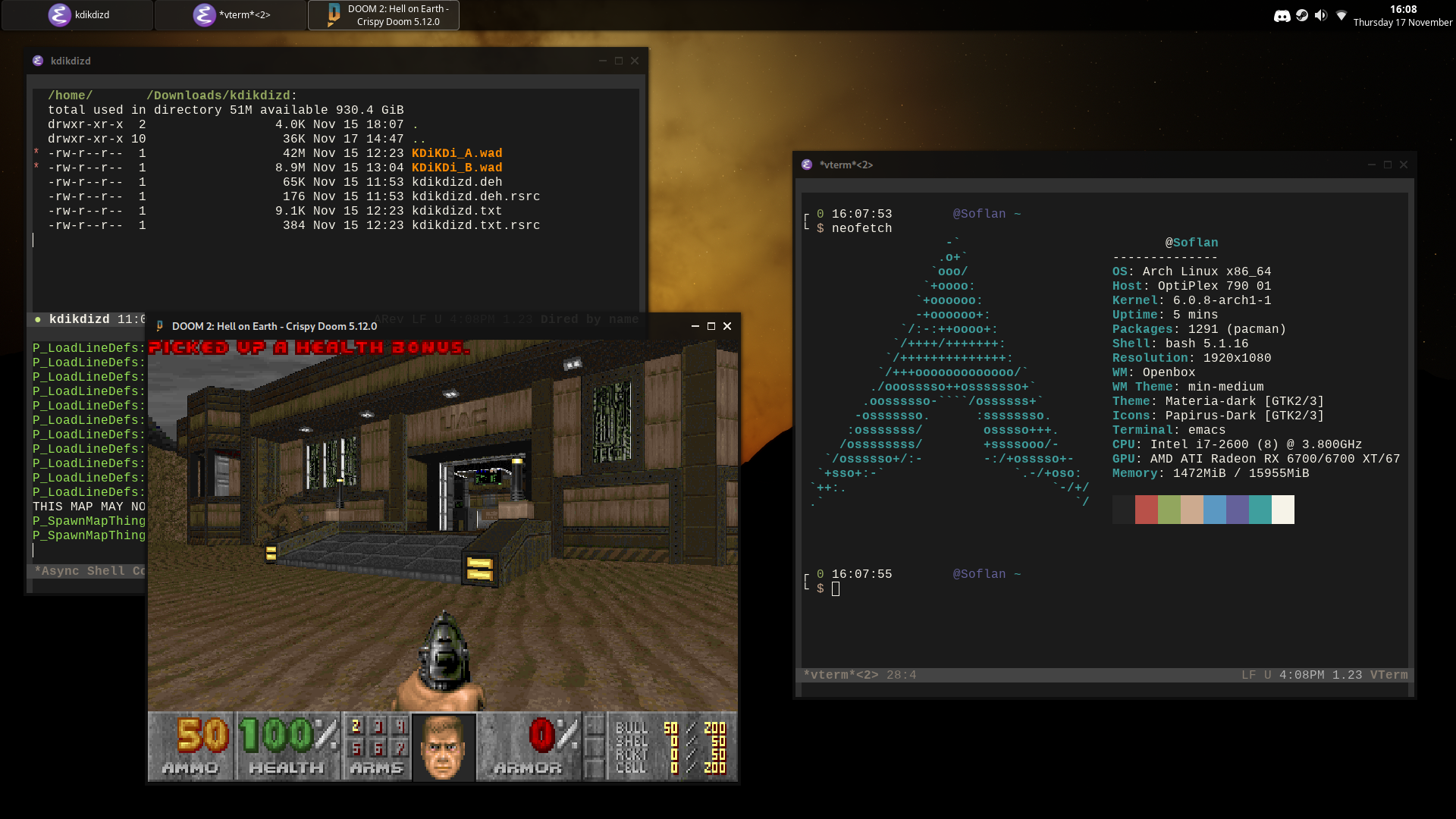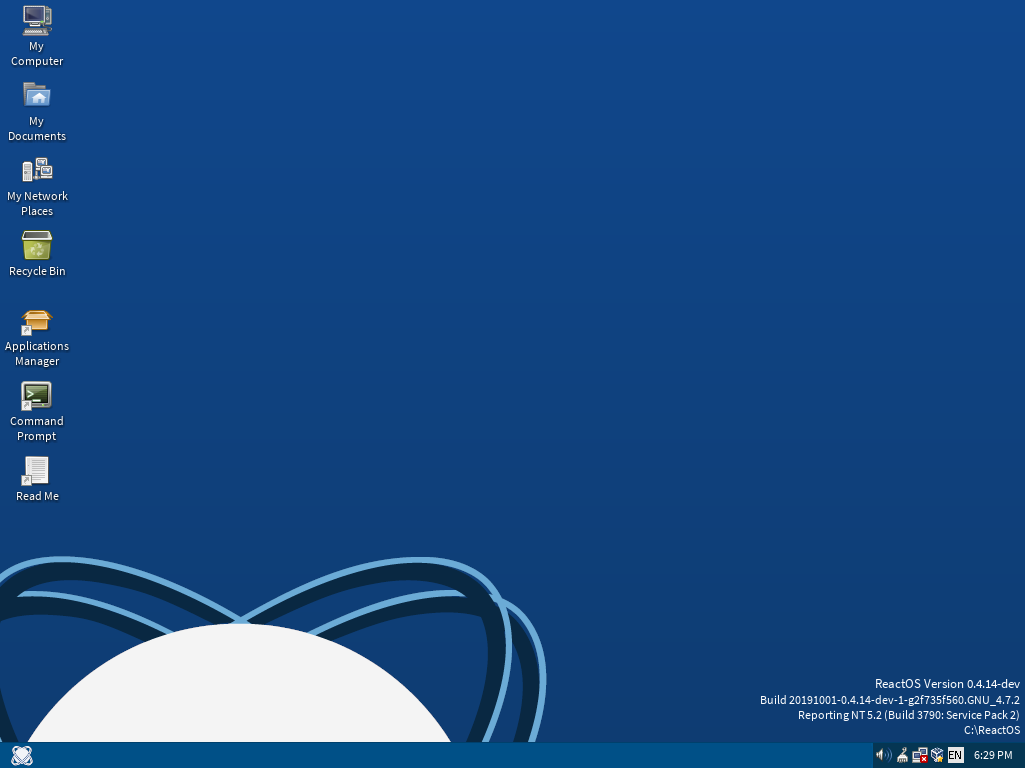Emacs’s regular clipboard is the “kill ring” which also allows you to retrieve any previously cut/copied text. It also has “registers” where you can store and retrieve snippets of text, which can be considered clipboards when used for this purpose. Registers can be referenced by any character you can type on your keyboard, including control characters like ^D.
This totals… a lot of clipboards.









The reason that Doom is so portable goes beyond Linux and is an artefact of its development. id developed Doom on NeXTSTEP (i.e. Unix) machines and obviously targeted DOS. This is pretty unique among DOS games at the time and required id to write as much code as possible in a platform agnostic way. This means that the main engine does not care about where it is running and the usual DOS hacks are contained to DOS-specific files. In order to port Doom to a new platform, ideally one only needs to rewrite the system-specific implementation files for video, sound, filesystem access, etc., and this mostly holds true today. (These files are prefixed with
i_in the Doom source).The Linux port is just one of many versions developed at the time. I don’t believe that it was commercially released; it was more of a portability test. The reason that the Linux version was chosen for the source release over the DOS version was because it didn’t rely on the proprietary DMX sound library that the DOS port used.